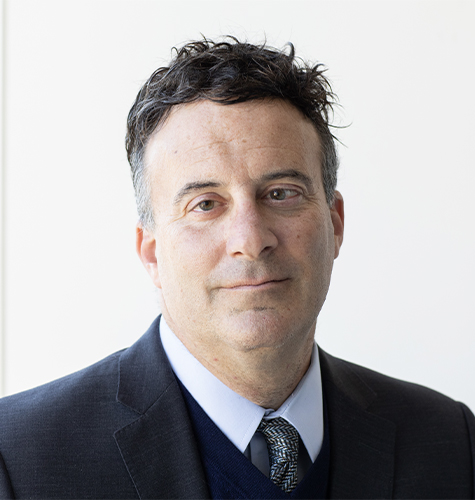Subcontractors News
Today, more and more buildings are being designed and constructed as “green projects”. In the United States (and in other countries around the world) LEED certification is the recognized standard for measuring building sustainability. The LEED green building rating system is designed to promote design and construction practices that increase profitability while reducing the negative environmental impacts of buildings and improving occupant health and wellbeing. LEED certification includes a rigorous thirdparty commissioning process and a rating system offers four certification levels for new construction—Certified, Silver, Gold and Platinum which correspond to the number of credits accrued in five green design categories: (a) sustainable sites, (b) water efficiency, (c) energy and atmosphere, (d) materials and resources and (e) indoor environmental quality. There are other third-party certifications for green projects such as The Green Globes System. In addition, Energy Star for energy efficiency programs requires third-party certification. These certifications provide market recognition of a building’s environmental attributes and are being required of more projects, not only the high profile projects of the past.
In response to this market trend, in 2011, the American Institute of Architects (“AIA”) released its AIA D503- 2011 Guide for Sustainable Projects to assist owners, contractors, and architects with drafting contracts for projects seeking some form of sustainable project goal. The D503-2011 contains an overview of legal and practical issues arising on green building projects and model contract language that can be added to the standard AIA contract forms to address sustainable project goals.
However, as a follow-up to the D503-2011 Guide for Sustainable Projects, the AIA released new contract forms in May 2012 to address these same issues. These new contract forms include the A101- 2007 SP (Owner-Architect Agreement); A201-2007 SP (General Conditions); A401-2007 SP (ContractorSubcontractor Agreement); B101-2007 SP (OwnerArchitect Agreement); C401-2007 SP (ArchitectConsultant Agreement); and B214-2012 (Scope of LEED Certification Services for Architect). All of these forms with the exception of the B214-2012are generally modified versions of the conventional 2007 AIA contract forms with additions relating specifically to sustainable project goals. The new AIA contract forms contain several new defined terms that project participants will need to learn and become familiar.The “Sustainability Objective” is the defined sustainable goal for the project, which could include third-party certification or other sustainable goals not involving project certification or registration. Once the “Sustainability Objective” is defined, the “Sustainable Measures” are identified, including specific design elements or construction means or methods that are necessary to achieve the “Sustainability Objective”. The “Sustainability Plan” is the document that specifically identifies and describes the “Sustainability Objective” and that allocates roles and responsibilities for individual achievement of the “Sustainable Measures”.
These new AIA contract forms contain other notable provisions with which contractors must familiarize themselves. For instance, there are rigorous additional provisions for “cleaning up” the site. The Contractor may be required to recycle, reuse, remove or otherwise dispose of materials in accordance with the projects “green requirements”. The Contractor must also prepare and submit to the Architect and Owner a construction waste management and disposal plan setting forth the procedures and processes for salvaging, recycling or disposing of construction waste generated from the project.
Another crucial provision for a Contractor has been added to the standard A201 form mutual waiver of consequential damages in which the Owner and Contractor waive indirect damages against each other should there be a breach of contract. For example, in the A201, the Owner waives the indirect damages of loss of use, rent and the Contractor waives indirect damages for loss of bonding and indirect delay damages such as additional home office overhead. The new AIA A201-SP form adds the provision that the Owner waives “damage resulting from failure of the Project to achieve the Sustainable Objective or one or more of the Sustainable Measures including unachieved energy savings, unintended operational expenses, lost financial or tax incentives, or unachieved gains in worker productivity.” This provision is extremely important to the Contractor since those damages to the Owner could be substantial and in excess of the Contractor’s contract price for the project.
The new sustainable project versions of the A101, A201, A401, B101, and C401 conventional contract documents relate only to projects utilizing a designbid-build project delivery method. Projects utilizing other delivery methods, such as design/build, do not yet have AIA contract forms addressing these issues. Contractors involved in any aspect of green building or sustainability should familiarize themselves with these new contract forms and evaluate whether these contracts are right for their particular projects. Contractors not currently involved in green building projects should also familiarize themselves because increasing new work will involve green projects. Even if you choose not to use the new contract documents, these new forms should nonetheless serve as a good excuse to review (and perhaps to modify) existing contract forms to ascertain whether those forms effectively address the unique aspects of projects incorporating sustainability goals.
Michael D. Ganz is a partner at Tunstead & Schechter, a law firm concentrating in construction law. Mr. Ganz is a graduate mechanical engineer and has worked as a project engineer for both private companies and government agencies before practicing law. More information about Tunstead & Schechter is available by contacting Mr. Ganz at [email protected]. Tunstead & Schechter is located at 500 North Broadway, Suite 101, Jericho, New York 11753 (516) 822-4400


